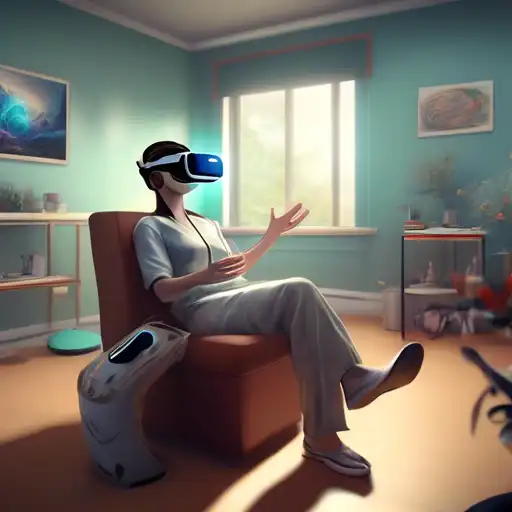The Transformative Power of Virtual Reality in Therapeutic Practices
Virtual Reality (VR) technology has transcended its initial entertainment-centric applications to become a groundbreaking tool in the field of therapy. By immersing patients in controlled, virtual environments, therapists are now able to treat a variety of psychological and physical conditions more effectively. This article explores the innovative ways VR is being utilized in therapeutic settings, offering new hope and possibilities for patients worldwide.
VR in Mental Health Therapy
One of the most significant applications of VR in therapy is in the treatment of mental health disorders. Conditions such as PTSD, anxiety, and phobias are being addressed through exposure therapy in a virtual setting. Patients can confront their fears in a safe, controlled environment, significantly reducing the risk of real-world repercussions. For example, veterans with PTSD can gradually be exposed to combat-like scenarios to desensitize their traumatic responses, all within the safety of a therapist's office.
Physical Rehabilitation Through VR
Beyond mental health, VR is revolutionizing physical rehabilitation. Stroke survivors and individuals with motor impairments are using VR-based exercises to regain mobility and strength. These virtual exercises are not only effective but also engaging, increasing patient motivation and adherence to therapy protocols. The immersive nature of VR allows for the simulation of real-life activities, providing a practical and enjoyable form of rehabilitation.
Pain Management and Distraction Therapy
VR has also shown remarkable results in pain management. By diverting the patient's attention to a virtual world, the perception of pain can be significantly reduced. This technique is particularly beneficial for burn victims during wound care or for individuals undergoing painful medical procedures. The immersive experience helps to alleviate discomfort, making treatments more bearable.
The Future of VR in Therapy
As VR technology continues to evolve, its applications in therapy are bound to expand. Researchers are exploring its potential in treating autism, social anxiety, and even eating disorders. The ability to customize virtual environments to meet individual therapeutic needs makes VR a versatile tool in the healthcare industry. With ongoing advancements, VR could soon become a standard component in therapeutic practices across the globe.
In conclusion, the integration of VR into therapeutic practices is transforming the way we approach treatment for both mental and physical conditions. Its ability to provide safe, controlled, and engaging environments offers unparalleled benefits to patients and therapists alike. As we continue to uncover the potential of VR in therapy, it's clear that this technology is not just a fleeting trend but a significant leap forward in healthcare innovation.
